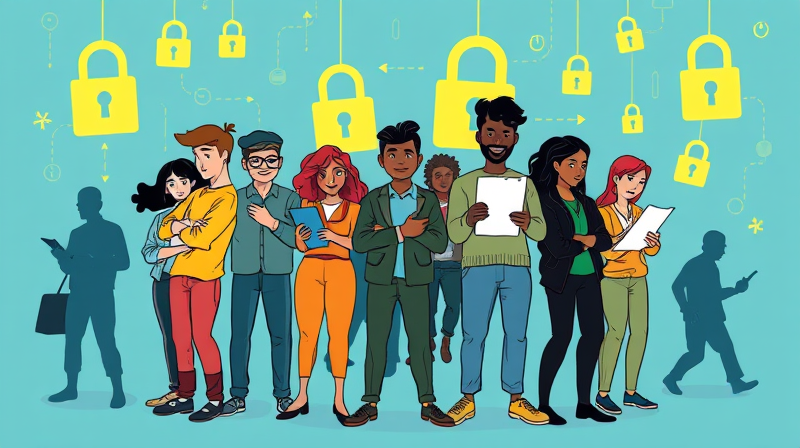
In an era of rapid digital transformation, scammers deploy ever more elaborate techniques to exploit unsuspecting individuals. By understanding common fraud tactics, adopting strong defenses, and reacting quickly if targeted, you can safeguard both your finances and personal information. This comprehensive guide offers practical steps and insights to keep you one step ahead of malicious actors.
financial fraud is on the rise, and victims span all ages and backgrounds. In 2023, Americans lost over $10 billion to scams, according to leading crime-reporting agencies. Scammers harness technology, social engineering, and psychological pressure to craft attacks that appear legitimate.
No demographic is immune — from tech-savvy professionals to seniors. Recognizing how these schemes evolve is the first line of defense. By staying informed and proactive, you can block threats before they reach your wallet.
Spotting warning signs early can save you from serious losses. Key indicators include:
If you encounter any of these red flags, pause and verify the source independently before responding.
Implementing simple yet effective habits can dramatically reduce your vulnerability to scams. Consider these essential practices:
In addition, you can freeze your credit reports for free with major bureaus to block new accounts from being opened in your name. Annual credit report reviews help catch unauthorized activity early.
Discovering you’ve fallen prey to a scam can be alarming, but rapid action can limit damage:
Scammers continually refine their tactics, making regular updates to your security routine vital. Maintain best practices by updating passwords frequently, installing software patches, and reviewing account settings. Stay informed about emerging threats by following reputable cybersecurity sources.
Share this knowledge with family and friends, especially those who may be less familiar with digital risks. A well-informed community forms a powerful defense against fraud.
Financial institutions and individuals can harness advanced tools to bolster security. Many banks deploy sophisticated AI and machine learning systems that analyze transaction patterns and flag anomalies in real time. Biometric safeguards like fingerprint or facial recognition tie access to unique physical traits.
Specialized monitoring services scan dark web databases for leaked credentials and alert you to potential breaches. By integrating these solutions into your routine, you can anticipate risks and act before any harm occurs.
Financial scams pose a persistent threat, but knowledge and preparation are your greatest allies. By practicing ongoing vigilance and cyber hygiene, recognizing warning signs, and responding decisively if targeted, you create a formidable shield around your assets and identity. Stay alert, stay informed, and help others adopt these strategies—together, we can make scams far less effective.
References













